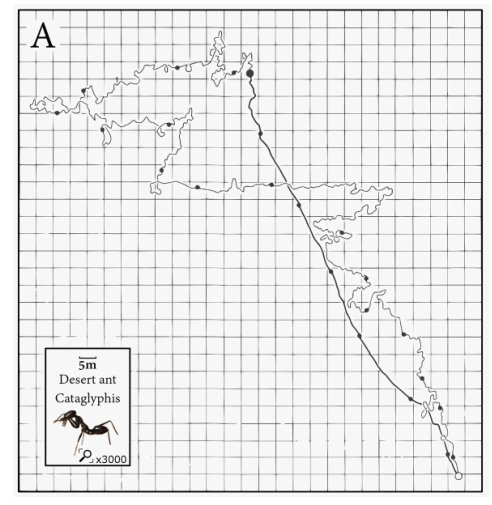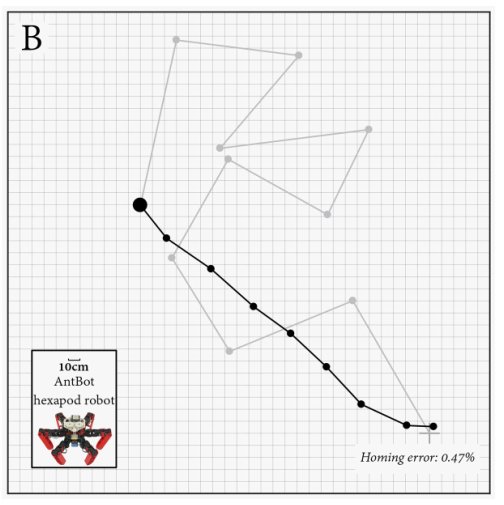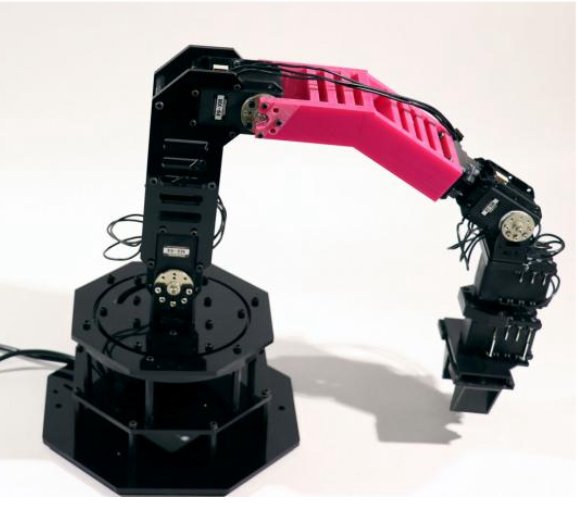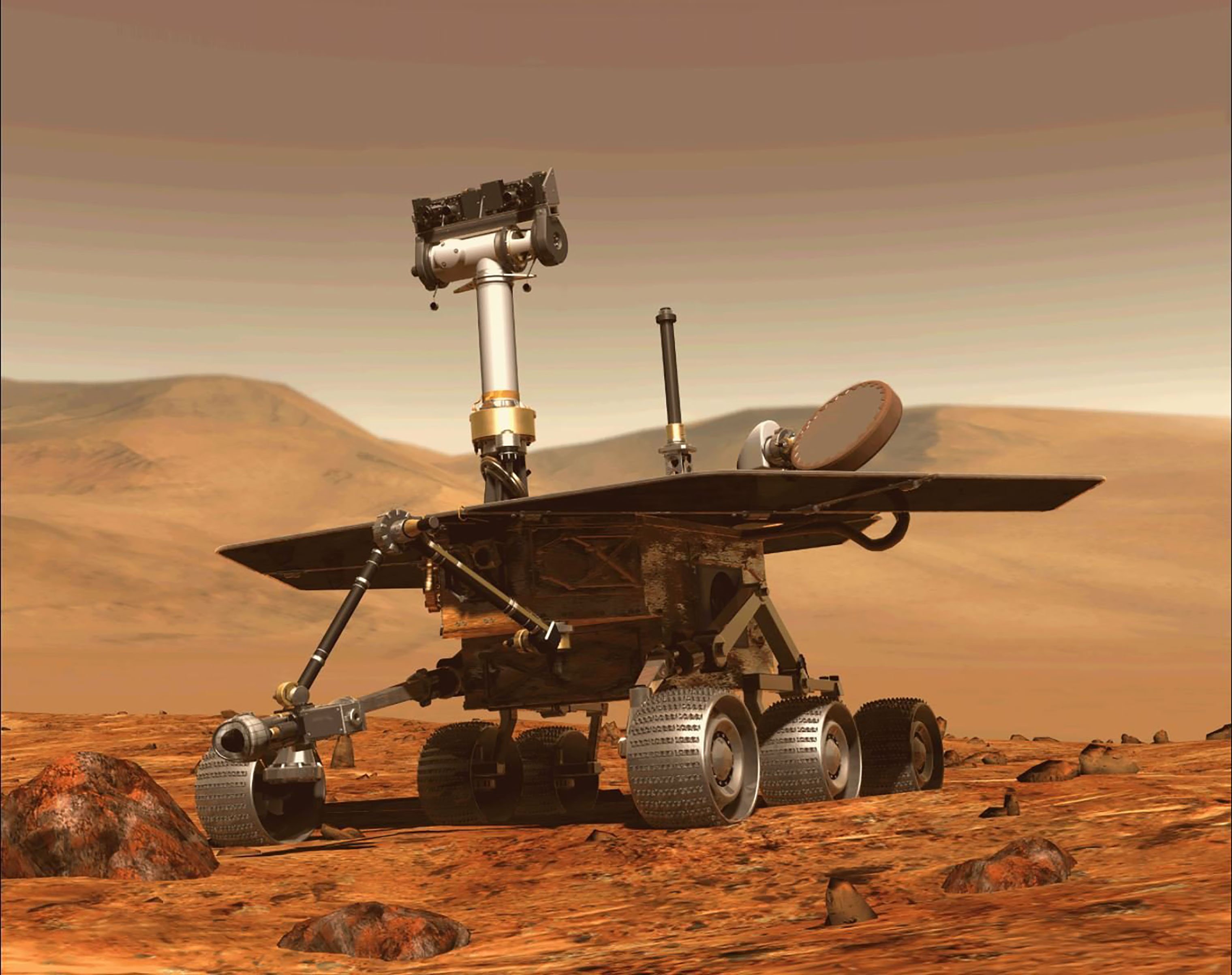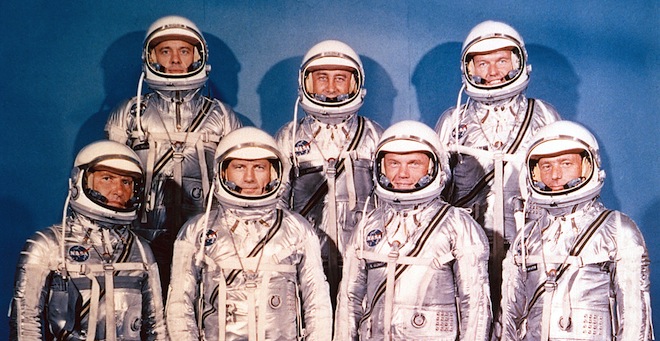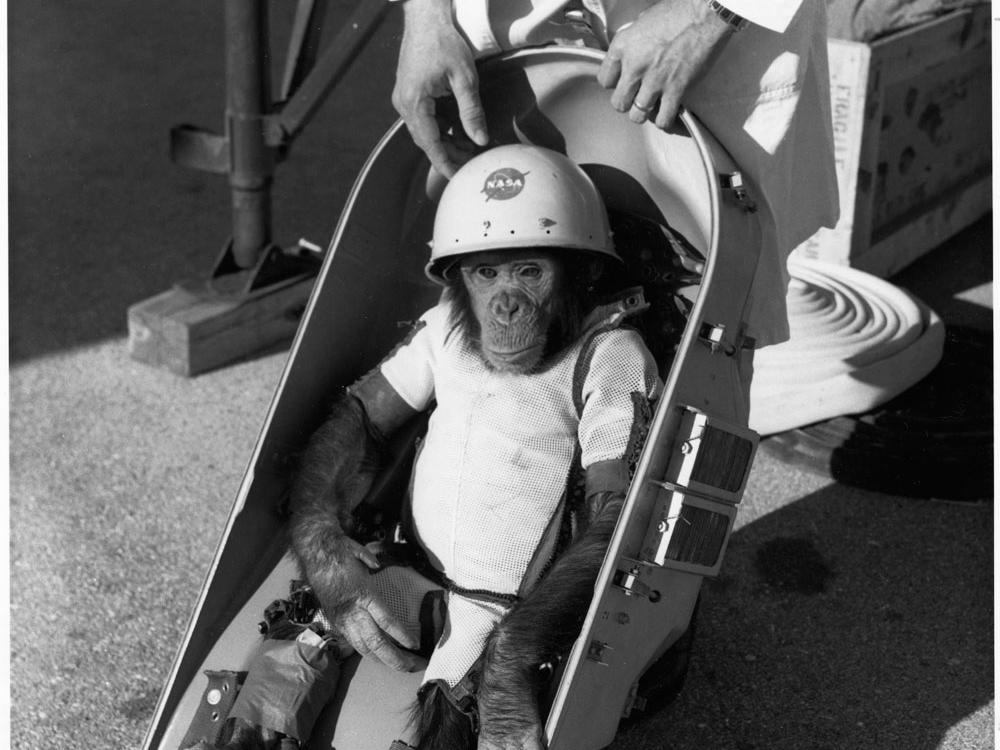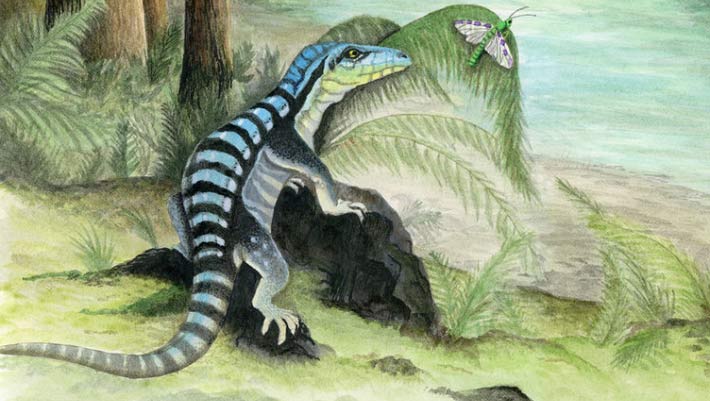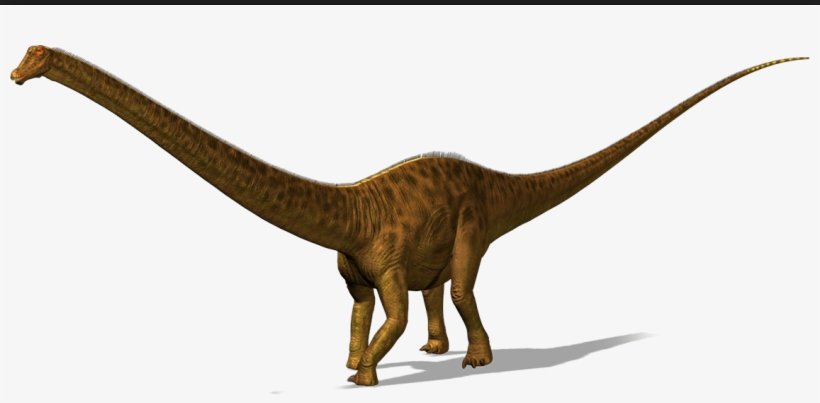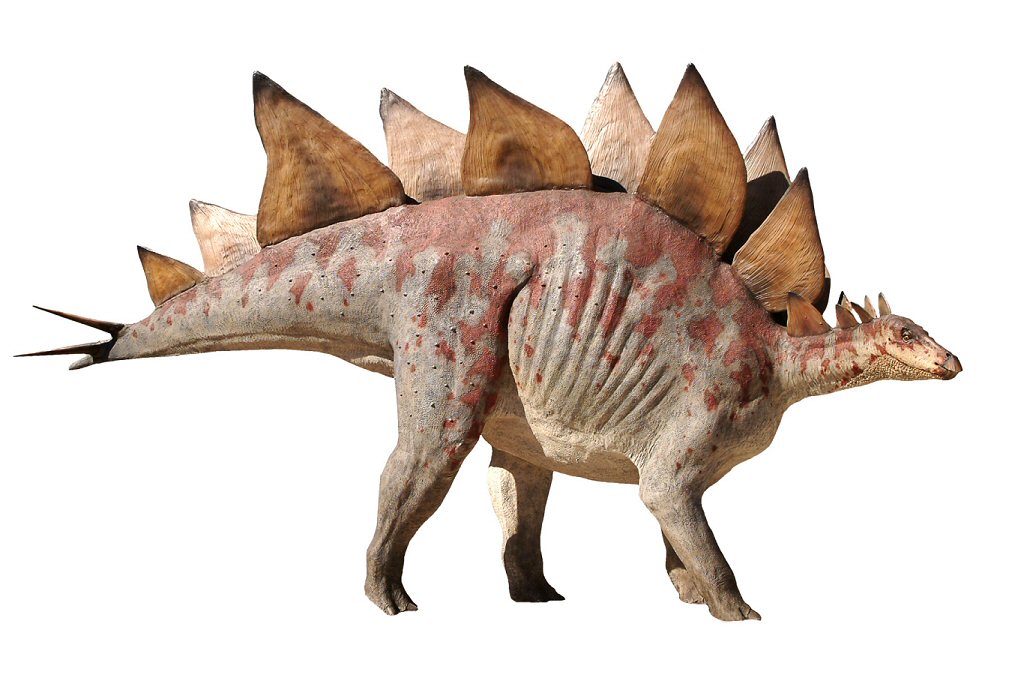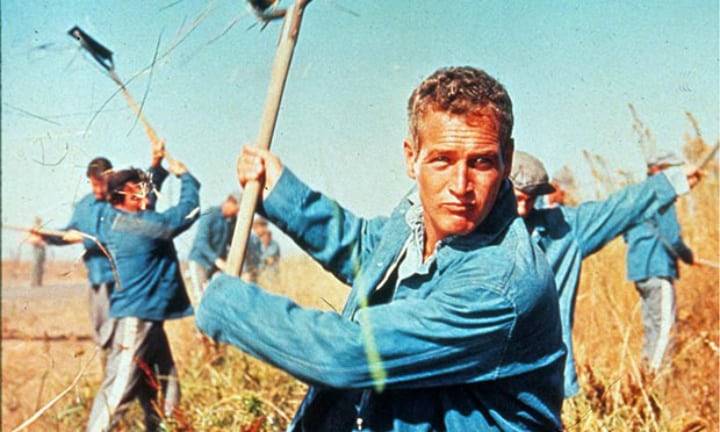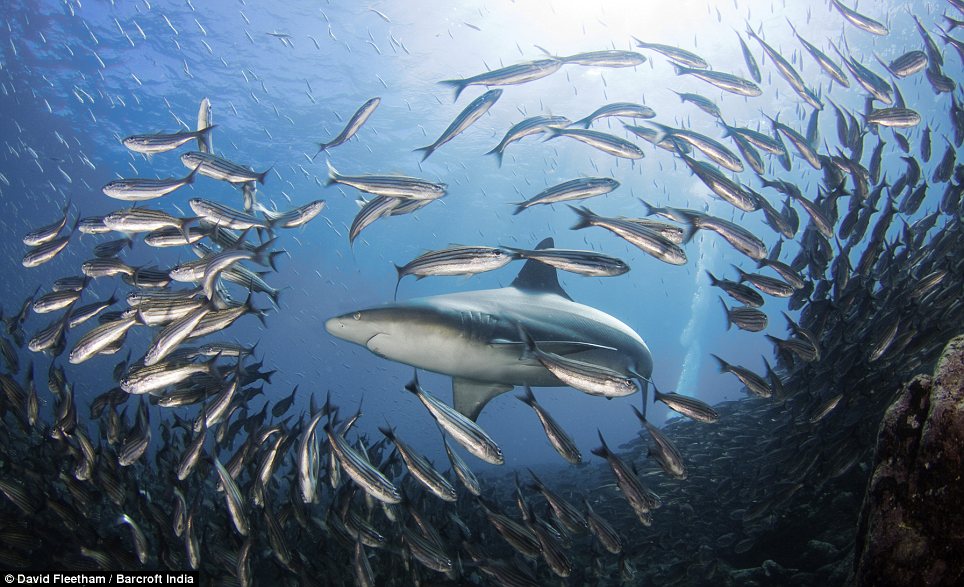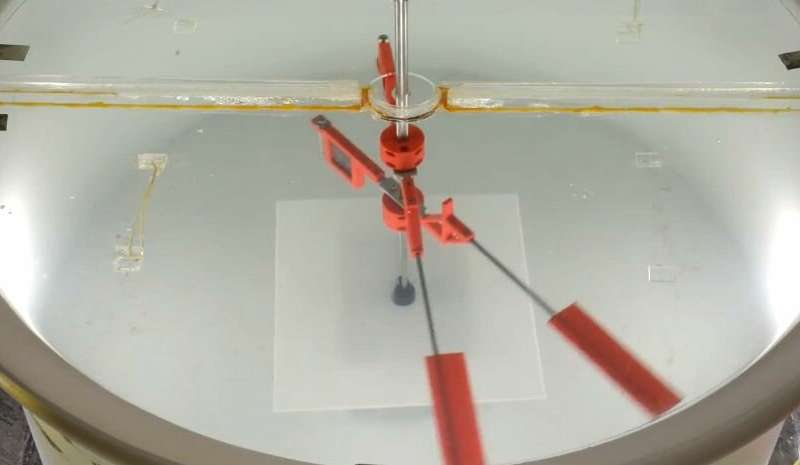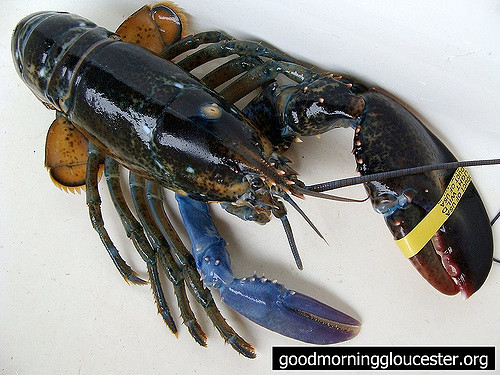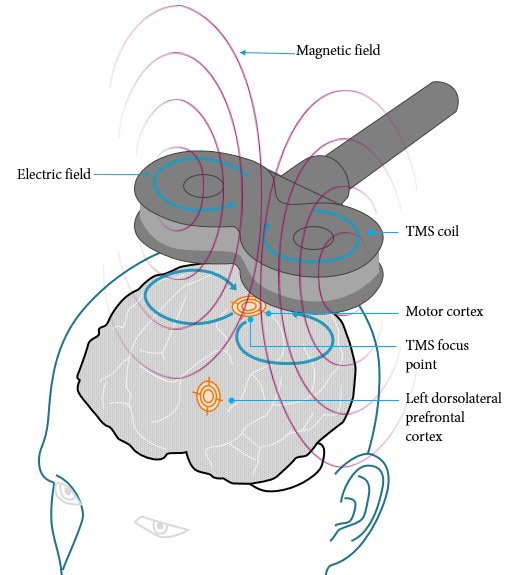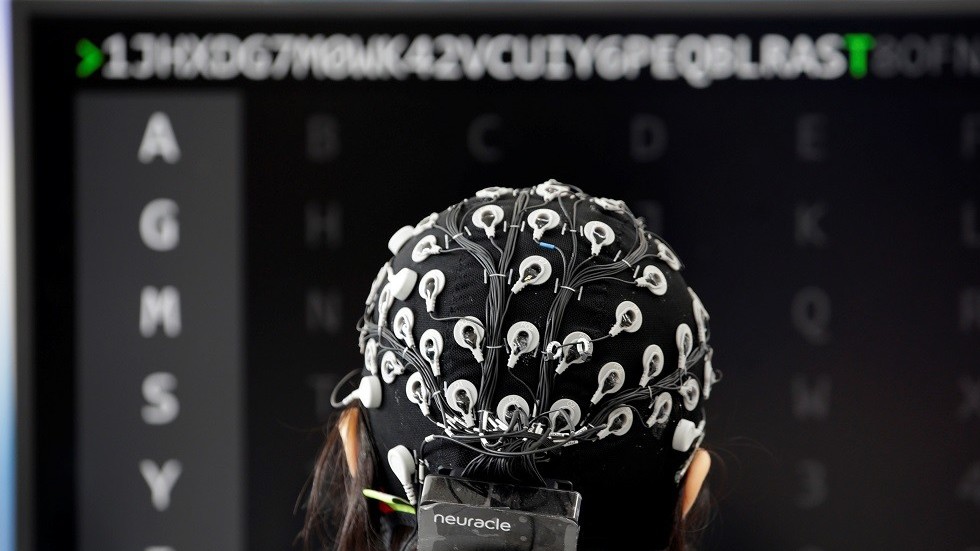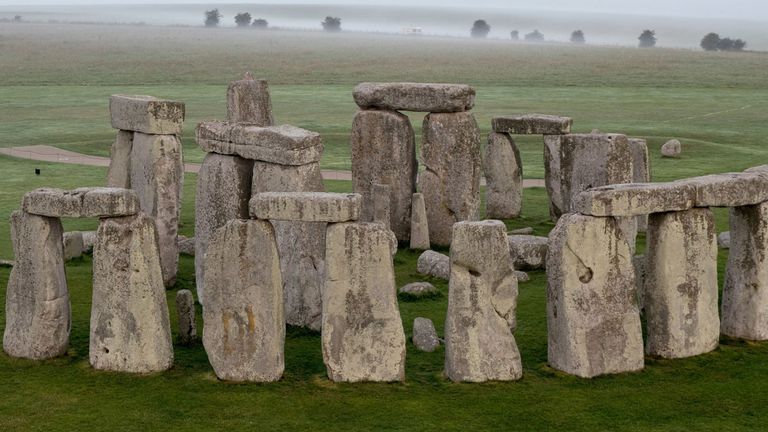
The stone circle known as Stonehenge is an icon of prehistoric Europe and Britain in particular. Stonehenge is certainly not the only stone circle in the British Isles; there are over 900 of them. Nor is it the largest, in terms of area the circle at Avebury, 25 kilometers to the north is so large there is a town inside it. In fact it’s not even the best preserved, the nearby Rollright Stones in Oxfordshire or Long Meg and her Daughters in Cumberland are in much better condition. Still Stonehenge was without doubt the most complex and sophisticated of all of the Late Stone / early Bronze Age structures in Britain.

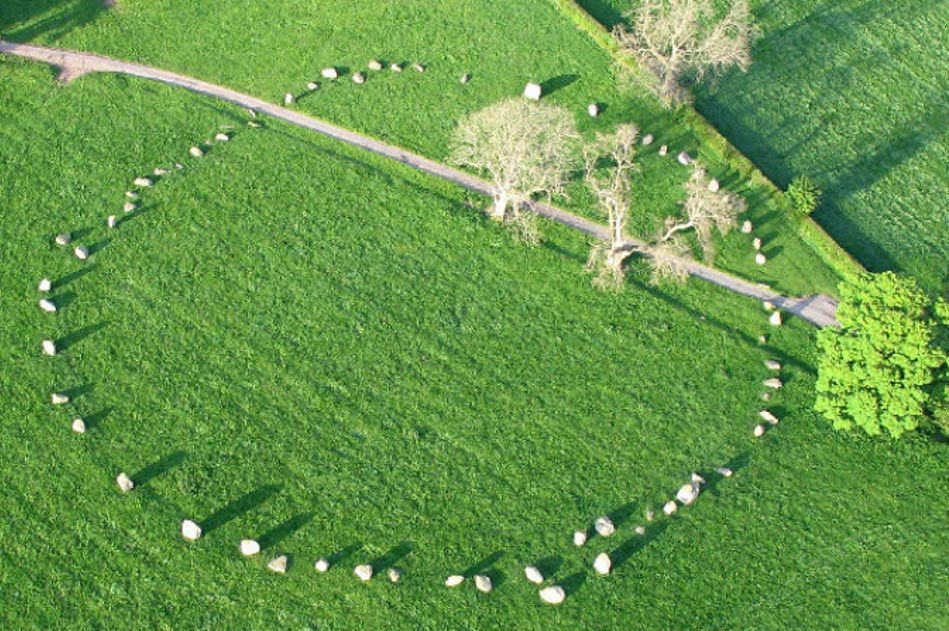
One of the reasons for the complex, almost bewildering structure at Stonehenge is due to the simple fact that the monument was built and then rebuilt time and again over a period of nearly 1500 years. Trying to determine which stones were put where when and which were moved to where they are now, and from where, is a very difficult task that archaeologists have been working on now for centuries. The consensus is that Stonehenge was constructed in three basic stages beginning about 3100BCE, that’s 500 years before the first Egyptian Pyramid:
Stonehenge 1: in 3100BCE: The first construction at the site of Stonehenge consisted of a circular ditch and mound with two entrances at the Northeast and South. The mound was built from the material removed to make the ditch and just inside the ditch a further ring of 56 holes were dug. The purpose of these holes appears to have been to erect either timber posts or perhaps an initial set of bluestones. If bluestones were used at this stage Stonehenge would have resembled many of the other stone circles such as the Rollright Stones.

Stonehenge 2: 3000BCE: The evidence from this period indicates that several wooden structures were erected, one at the Northeast entrance and a larger one within the enclosure. There is other evidence that during this time Stonehenge became a repository for the cremated remains of many individuals.
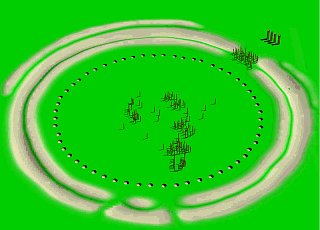
Stonehenge 3: Starting 2600BCE (About the same time as the Great Pyramids). It was during this stage, which experts divide into 5 phases, that the familiar stone ring of sarsen stones and the 5 huge Trilithons, also made of sarsen were erected. Also during this time the arrangement of the bluestones was altered, bringing most of them inside the sarsen stone ring.
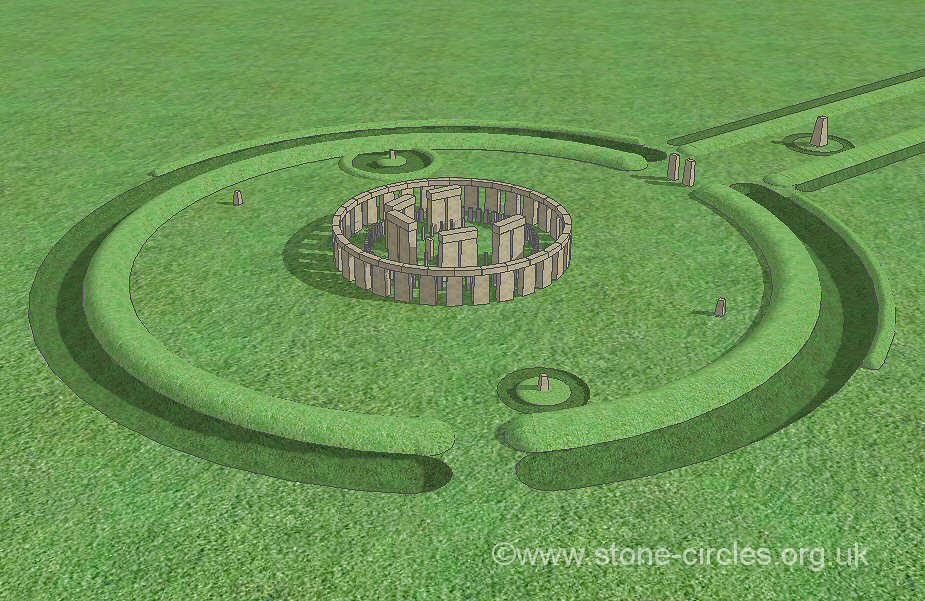
The above is only a brief, very brief description of the construction of Stonehenge but just as amazing are the details of how the stones ever got to Stonehenge! The huge sarsen stones, some weighing nearly 50,000 kg, came from a quarry on the Marlborough Downs about 40km to the north while the bluestones can only have come from the western part of Whales, an estimated 240km away from Stonehenge!
In a recent paper a team of archaeologists led by Mike Parker Pearson of the University College of London’s Institute of Archaeology have now claimed to have identified the actual quarries in the Preseli Hills of western Whales from which the bluestones came. Of the 43 bluestone pillars at Stonehenge, 27 are a type known as ‘spotted dolerite’ due to white specks of material throughout the stone. Using chemical analysis, along with a lot of legwork, the team has identified a location known as Carn Goedog as the likely source of the spotted dolerite stones. The remaining bluestones, technically known as rhyolite, were also traced to another nearby quarry called Craig Rhos-Y-felin.
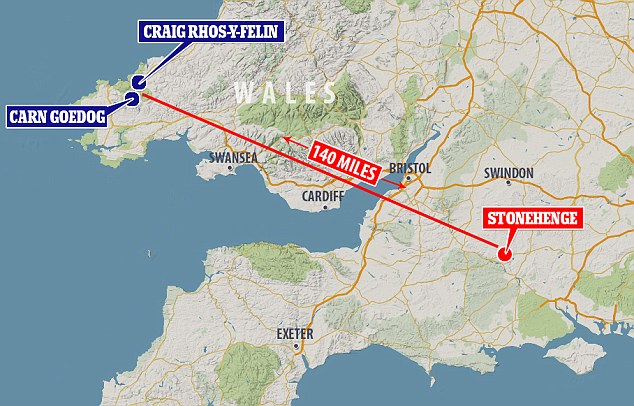
Having identified the probable quarries from which the bluestones came the archaeologists then proceeded to carry out excavations to see if any artifacts could be found after all these millennia. They soon discovered large numbers of stone hammers and wedges all of which dated to the same time period as the first construction at Stonehenge. Interestingly, the stone tools were made of a material known as mudstone which is considerably softer than the bluestones they were quarrying. The implication is that the ancient Britains were more worried about any damage to the bluestones than they were to their tools. Also excavated were the remains of manmade platforms to aid in lowering the stones and loading them into sledges for transport.

Transporting the massive stones all the way to Stonehenge must have been a tremendous effort for the primitive technology of the time. It has always been assumed that the bluestones were pulled to the nearby shoreline and then rafted along the southern coast of Whales, up the River Severn and all the way to within a few kilometers of Stonehenge. However they were transported the fact remains that stone age tribes hundreds of miles apart must have cooperated in mining them, moving them and erecting them.

Which leaves the question why? Why did those Stone Age Britains put so much effort into building Stonehenge and the other megalithic structures that dot the countryside? Was their function religious, astronomical, both? That will have to wait for another post.
If you’d like to learn more about Stonehenge and the other stone circles of the British Isles check out the links below.
https://www.odysseyadventures.ca/articles/stone-circles/article_stonecircles.htm
http://www.stone-circles.org.uk/
https://www.english-heritage.org.uk/visit/places/stonehenge/history-and-stories/history/


